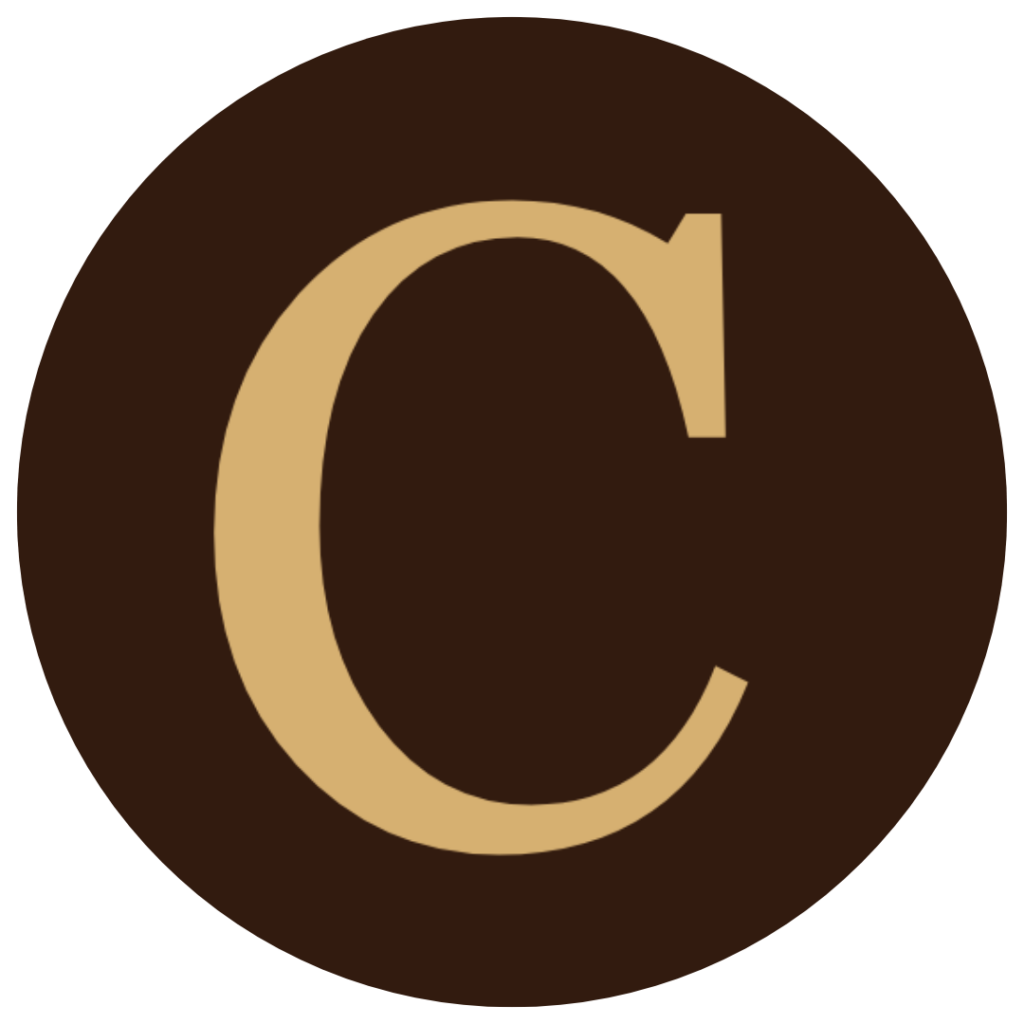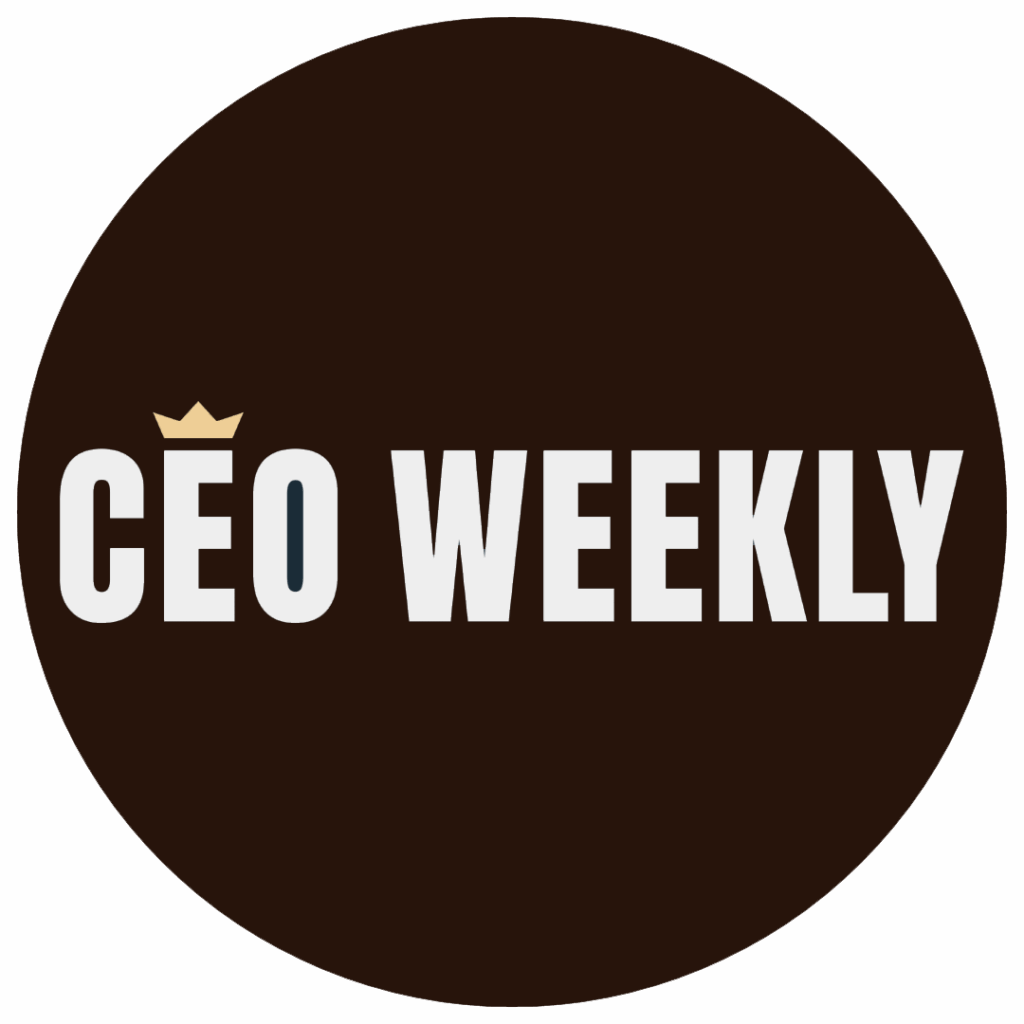The recent pandemic has been a catalyst for change on a global scale, leaving few aspects of life untouched. In the business world, Rick Inatome says, it has widened generational fault lines, tested leadership, and derailed organizational cultures.
Trust in particular, the cultural glue of an organization, has been among the most unfortunate casualties. In an environment of reconstruction and need for leadership course correction, it seems that some pre-pandemic assumptions may have become obsolete – thus creating a need for redefining some of the rules and premises of effective leadership.
Traditional Leadership Development Programs Falling Short
Companies in recent decades have not been hesitant to invest in leadership development programs. A Harvard Business Review (HBR) report this year estimates that global organizations spend more than $60 billion annually on leadership training. It cites one estimate indicating, however, that only 10% of this spending mostly on consultants and outside sources achieves actual results.
The HBR report identifies several traits of successful leadership development programs. These elements include focusing upon whole-person growth, structuring time for self-reflection, targeting stress factors, acknowledging and addressing barriers or resistance to growth, and processes for reinforcing what otherwise are short-term improvements.
Although these factors may be beneficial, they no longer are enough — especially in an environment where diminished trust must be reclaimed and significant generational shifts in the workforce are occurring.
In football, a quarterback is the team’s COO. A classic example of lost trust was one professional quarterback’s recent response to a reporter’s question, after leading his team to only three points in a 10-3 defeat, about whether he had let down the team’s defense.
His curt and unvarnished response was “no” – a failure to hold himself accountable that became a pivotal moment in the team’s demise from a winning to a losing season and the quarterback’s loss of his teammates’ trust (and his starting position).
Getting Priorities Straight
This anecdote illuminates a cardinal sin in leadership which, when replicated in today’s business world, raises questions about leadership development priorities. For top corporate leaders, the primary emphasis of leadership training is business execution and management acumen.
Far down the list are “soft” skills such as self-awareness, empathy, and mentoring. (Programs centered on these qualities tend to be delegated to front-line management and other employees. Although indicating at least an awareness these qualities count at some level, senior leadership’s insulation from these programs at least raises questions about the courage and readiness to face and interact with their employees with vulnerability and authenticity).
This upper-level ordering of priorities may help explain why so many top business leaders were caught off guard by employee blowback in response to return to office mandates earlier this year. Reliance upon or reversion to command-and-control methods revealed a loss of what had been learned (or not presented or absorbed) in many pre-pandemic leadership training sessions.
It also demonstrated a tone deafness toward what matters a lot to the increasingly dominant generational demographics in this decade’s workforce. For both Generations Y (Millennials) and Z, flexible working hours, remote work, collaboration, and opportunities to be heard are high priorities when it comes to the workplace experience.
Failure to correlate actions and decisions to these realities represents a huge blind spot, further indicating that predominant leadership development rules and processes from the past have diminished utility for the present and future.
Today, nearly 75% of leadership development is outsourced to external sources and consultants. Speed of execution and solid grounding of performance optimizing cultures are critical for an ever-accelerating world of change. As the HBR article’s implied indictment of contemporary leadership programs indicates, however, traditional consultant-driven cultural change tends to fall short with respect to relevance and thus sustainability.
Leadership Solutions Lie Within
Against this backdrop, it may be tempting to conclude that outsourced leadership programs are not worth the cost. That determination probably would be an overreaction.
Better is an understanding that, especially in today’s post-pandemic work environment and amidst significant generational transition, sustainable solutions are more likely to come from within than from outside. Frontline leadership with the right message, modeling, and metrics almost assuredly will achieve desired outcomes on a more accelerated timetable than a one off “training” session.
In this regard, there is a tool – blaming oneself first when things go wrong — that provides a fast track to unlocking enlightened leadership potential and achieving the rapid results that the times demand. When wheels fall off the wagon, there is a common human tendency to point a finger, rationalize, or minimize.
In these circumstances, people typically know where the fault lies and can see through any avoidance of responsibility. For a leader, going down this road can be a fatal blow to authenticity, trust, and effectiveness.
Learn to Blame Oneself First
Blaming oneself first may seem foreign and challenging due to fear of appearing weak or incompetent, concern with reputation, or a sensed need to appear infallible.
It is an uncommon virtue, but one that powerfully demonstrates authenticity, vulnerability, and humility — qualities that are of increasingly high value in today’s workplace. The ability to blame oneself first is a habit that places leaders on a fast track toward building a culture of trust and, given the response it generates, eases a journey toward authenticity.
Blaming oneself first is contagious. By doing so, a leader commences a virtuous cycle of accountability by others. Team members see a person willing to assume the risk of vulnerability in order to learn, grow, create a safe zone for mistakes, and prioritize collective success over personal ego.
Ownership of the inevitable imperfections in organizational life frees up time for finding solutions and learning from experiences, instead of wasting it in a counterproductive exercise of blaming others.
For organizations seeking to speed recovery of battered cultures and adapt to the new imperatives of organizational leadership, the best answers are to be found from within. It is a leader’s capacity for self-blame that establishes the ability to lead oneself – and thereby satisfies the essential prerequisite for leading others.
About Rick Inatome
Rick Inatome stands as a trailblazing business visionary, renowned for his pivotal role in shaping the digital landscape. Collaborating with tech pioneers like Bill Gates and Steve Jobs, he spearheaded a groundbreaking technology distribution network that ushered in the era of personal computing for the masses and corporate America.
This landmark achievement has earned him a well-deserved place among the distinguished tech luminaries in the Computer Hall of Fame. Rick’s achievements have not gone unnoticed, as he was honored with the Entrepreneur of the Year title by Inc. Magazine. In addition to his entrepreneurial success, he has also founded and managed various private equity funds, lent his expertise to numerous boards, and remains highly sought after as a consultant, mentor, and captivating public speaker.








